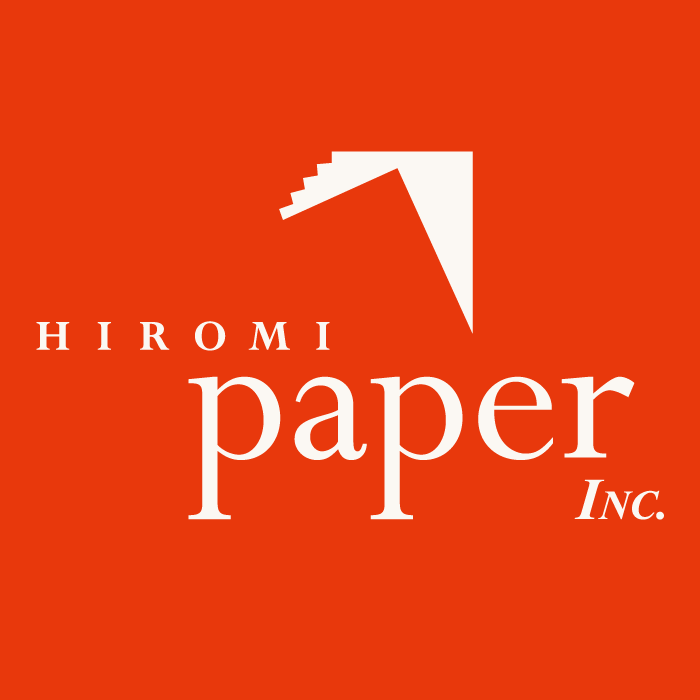
2000 Spring Edition, Volume 8, No. 2
MORE THAN WHAT YOU WANTED TO KNOW ABOUT KAKI-SHIBU
by Lori Goodman, artist
For years I have looked for the perfect way to waterproof paper without destroying its integrity, allowing the kozo paper to maintain its beautiful translucency without an acrylic sheen. I have tried polymers, acrylics, shellac, waxes, oils, and at last, kaki-shibu, which is a wonderful find for a strengthener/waterproofer. I have had a small sculpture outside for over a month; the rain has not damaged the paper at all.
Kaki-shibu is the fermented tannin juice from an unripe persimmon and is used to waterproof, insect proof, strengthen and dye paper. Plus, it has a myriad of other applications. It belongs to the ebony family, Ebenaceae, genus dispyros and is native to Japan, China, Burma and the hills and mountains of northern India. The astringent persimmons are used to make the persimmon tannin juice, Kaki-shibu. The fruits of green astringent persimmons are harvested before they are ripe since ripe fruits contain less effective tannin. Often a wild uneatable persimmon makes the best Kaki-shibu.
The fruits are crushed and the juice is pressed out. At this point, before the juice is processed, it still retains the green color of the fruit. It is not yet persimmon tannin. The juice is fermented for a few years to make the Kaki-shibu. The color of tannin darkens as it matures.
It is completely non-toxic and has historically been used on Kozo paper. With just one coat of kaki-shibu, painted on full strength with a paintbrush, the paper is strengthened and the folding capacity is enhanced, however the paper will become more brittle and the fibers are altered. With subsequent coatings, the paper becomes stronger, less brittle and more leather like; it also becomes more opaque. "This leather-like quality, coupled with an inherent stiffness makes it an ideal paper for bookbinding, calligraphy, oil based colors, pastel, decorative, and is especially suited for complex origami models."[1] This quality also renders kaki-shibu a good finish for sculptures.
I stretch paper over bamboo armatures and then paint the sculptures with the kaki-shibu, which tightens and shrinks the paper when dry. However, there is quite a bit of shrinkage so there is a chance of tearing as the paper dries. A more traditional method would be to paint or dip the kozo several times before adhering to an armature or before using with any project. The kaki-shibu can also be used as a design element since each application darkens the paper. The juice could be applied in select areas to take advantage of its dyeing characteristics.
Fermenting a persimmon and using the fermented juice to coat Japanese papers can keep the bugs away, make paper water resistant, and dye it a beautiful reddish brown, golden brown, or dark brown color. Persimmon tannin hardens the fiber of paper and wood, prevents corrosion and makes them waterproof. Shibugami (papers that have been treated with kaki-shibu) have been used historically as a waterproof wrapping.
One of the most prevalent uses of Kaki-shibu is for dying stencils. "Three sheets of the finest Japanese Kozo paper are laminated with persimmon tannin, and then smoke cured to make these shibugami papers. When cured, the tannin forms a plastic-like waterproof membrane allowing the paper to be extremely limber when wet, but stiff when dried." [2] Shibugami is also used in Shibori or Òtie-dye". The rice paste, used as a resist, is put into a stiffened and waterproofed cone made from the coated paper (Shibugami)---."[3]
I will continue to experiment with the Kaki-shibu and oils on Kozo. If anyone has questions or additions please feel free to contact me: loribg@humboldt1.com
Quotes:
[1] Kasuri Dye Works. Kasuridyeworks.com/fabexplankkatagami.html
[2] Kougei.or.jp/English/dyeing.html
[3] Kims's Crane Origami Supplies Home page. Kimscrane.com/japan2/Kakishibu
Selected Bibliography:
Washi, The World of Japanese Paper. Sukey Hughes. Kodansha International/USA Ltd. 10 East 53rd Street, New York, New York 10022, 1978 Japanese Papermaking, Traditions, Tools, and Techniques. Timothy Barrett, Weatherhill, Inc. New York and Tokyo, 1983
